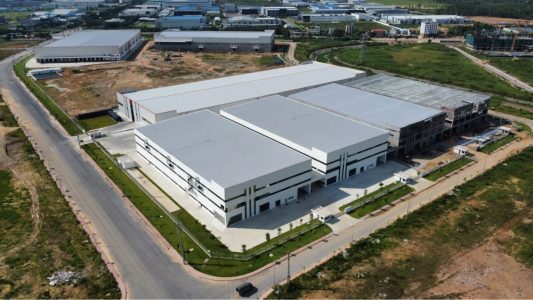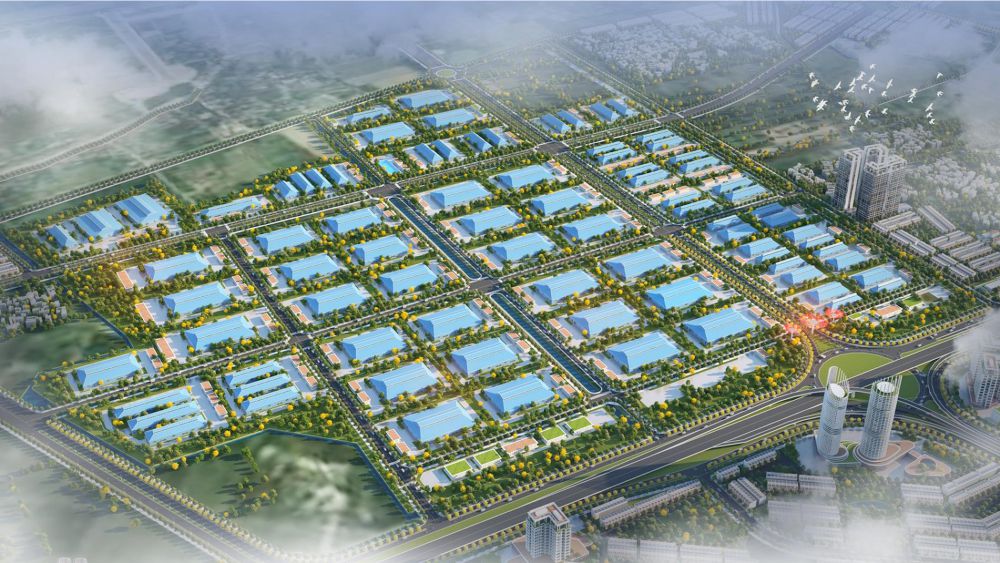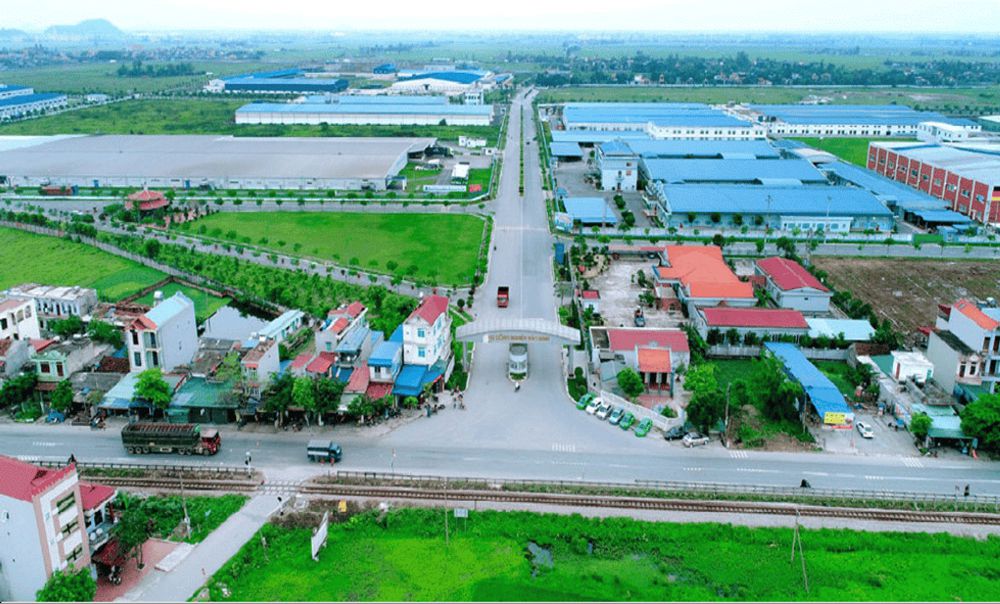
Thanks to its rapid development and expansion, Vietnam has recently become a key player in the global manufacturing industry. An S&P Global/IHS Markit report indicates that Vietnam’s industrial production increased by 7.8% y/y in 2022, with an 8.0% y/y rise in manufacturing output.
The country’s advantageous location, supportive economic policies, and talented workforce have made it desirable for manufacturing operations. The industry of manufacturing in Vietnam has seen substantial growth in recent years, playing a significant role in the country’s economic progress.
FDI has played a significant role in driving manufacturing growth in Vietnam. The country is considered an emerging manufacturing hub because of various factors, such as
– Its strategic location is in the Southeast Asian region’s middle.
– It’s a stable political system.
– The availability and affordability of its labor force.
According to the data from Statista, the manufacturing sector in Vietnam dominated the total registered FDI in 2022, accounting for a massive 61 percent. The manufacturing sector in Vietnam received 261.4 billion dollars worth of FDI as of December 31, 2022, making it the largest FDI recipient in the nation.

As we can see, foreign direct investment has been a critical driver of Vietnam’s manufacturing growth. FDI inflows into Vietnam have increased steadily over the years, with investors attracted by the country’s favorable business environment and competitive labor costs.
Here are some ways in which FDI has contributed to the growth of Vietnam’s manufacturing hub:
– Investment in critical industries: FDI has helped drive the growth of crucial electronics, textiles, and automotive industries. Foreign companies have invested in setting up manufacturing operations in Vietnam, taking advantage of the country’s favorable business environment and competitive labor costs.
– Transfer of technology and expertise: FDI has facilitated the transfer of technology and expertise from foreign companies to Vietnam. This has helped to improve the country’s manufacturing capabilities and increase its competitiveness in the global market.
– Creation of jobs: FDI in the manufacturing sector has created jobs for Vietnamese workers, helping to reduce unemployment and improve living standards. This, in turn, has contributed to the country’s economic growth.
– Development of supporting industries: FDI has also helped to drive the development of supporting industries in Vietnam, such as logistics and transportation.
Here is some worthy information about the key industries driving manufacturing growth:
– The electronics industry: The Electronics market is set to hit US$5 billion in revenue by 2023, per the latest projections by Statista. Thanks to the country’s top-notch trade agreements, influential demographic trends, and supportive governmental policies, investors are flocking in and capitalizing on unprecedented opportunities to boost trade volume.
– The textile industry: The exports of textile and garment products from Vietnam experienced a growth of 15 percent in 2021 compared to the previous year. Over the past decade, the industry has consistently achieved remarkable growth rates ranging from 15% to 20% annually.
– The automotive industry: The country is set to achieve 25 percent compound annual growth between 2020 and 2025, thanks to the domestic economy bolstering demand and supportive tax incentives on production, import tariffs for vehicles, and investment in infrastructure.
The success of these industries can be attributed to a number of factors, including the availability of skilled labor and government support.

Vietnam’s labor force is expected to grow in the coming years, with an increase of over 60 million workers. And the Vietnamese government has been proactive in supporting the development of more than 400 industrial parks and economic zones that offer favorable conditions for manufacturing.
Why you should manufacture in Vietnam? Thanks to several advantages, Vietnam has become one of the largest manufacturing countries, which makes it competitive in the global market. Some of the benefits of manufacturing in Vietnam include:
– Cost-effectiveness: Vietnam’s low labor and overhead costs make it an attractive option for manufacturing, with policies in place to attract foreign direct investment.
– Young workforce: Vietnam has a young and educated workforce, with a sizable share of the workforce falling between the ages of 25 and 54.
– Improved infrastructure: Vietnam has undoubtedly made substantial investments in enhancing its infrastructure, particularly its transportation and logistics networks. Such advancements have significantly eased the business process in Vietnam and undeniably contributed to the country’s increased competitiveness in the global market.
– Trade agreements: Vietnam signed trade agreements with the US, EU, and ASEAN countries, expanding exports and simplifying business operations.
– Economic policies: The Vietnamese government’s various economic policies have created a favorable business environment for companies operating within the country. These policies have significantly contributed to the growth and development of Vietnam’s economy.
Read more: Pros and Cons of manufacturing in Vietnam
Manufacture in Vietnam has become increasingly integrated into global supply chains and plays a significant role in the global economy. The country’s strategic geographical location, favorable economic policies, and skilled workforce have made it an attractive destination for manufacturing

According to the Tracking Docket, Vietnam’s leading export destinations comprise the United States, China, Japan, South Korea, and the Netherlands, with staggering export values of US $96.3 billion and US $56 billion to the United States and China, respectively, in 2022.
Vietnam’s manufacturing sector has rapidly grown and is poised for continued success. The country’s strategic location, skilled workforce, and favorable economic policies make it an irresistible destination for manufacturing operations. Rest assured, Vietnam’s manufacturing sector is well-prepared to adapt to emerging technologies and market shifts.
The manufacturing industry worldwide is undergoing a massive transformation due to the emergence of automation, robotics, and artificial intelligence technologies. Vietnam is keeping pace with this trend, with companies investing in advanced manufacturing technologies to boost their efficiency and competitiveness.
Emerging technologies and global integration shape Vietnam’s manufacturing future. The country’s top exports to the US, China, and Japan have contributed to its economic growth.
To learn more about manufacturing in Vietnam, check out Savills Industrial.